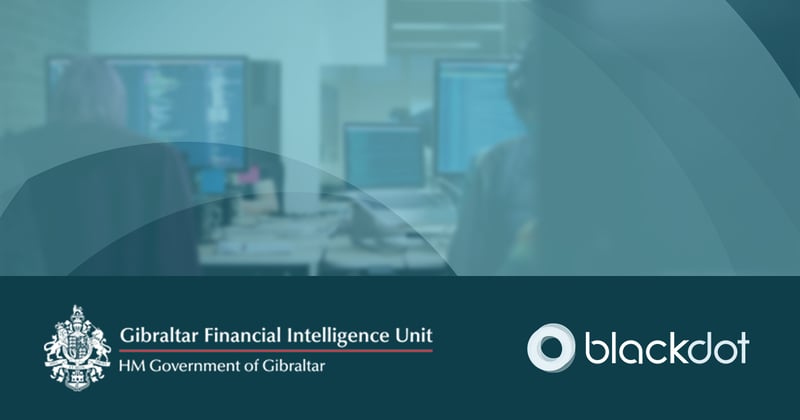I ended my previous piece by suggesting that breakthroughs in AI have transformed the opportunity and potential to automate investigations. Automation is not new: automation technology has been prevalent for many years. However, this technology has not been able to meet the levels of human and machine collaboration required to conduct investigations. What was needed was technology capability that didn’t just respond to commands, but that could also plan, act and adapt to complete complex tasks on behalf of an investigator.
What is Agentic AI?
Agentic AI has rapidly emerged as a viable solution to this problem. Unlike traditional AI and automation tools that wait for input and return static results, agentic AI behaves more like an assistant. It breaks problems into steps, gathers information from multiple sources, evaluates options, and decides what to do next, all while keeping your investigative goal in focus. This is, in its most basic form, is how an investigator works and behaves.
Before we dig into the how, I should explain exactly how agentic AI works. To be effective, agentic AI needs to work towards a defined goal or objective. However, it is much smarter than a Q&A system: with a goal in mind, it is able to create a plan and steps to follow, reflecting and adjusting as necessary at each stage in the process. Much like a human, agentic AI uses its working memory to track what has been done, what's been found and which questions remain unanswered. Agentic AI is flexible and reacts in real time: it can iterate and adapt to the situation and data available. This is where it differs from RPA (Robotic Process Automation), which is restricted to executing fixed, structured rules.
Agentic AI and the investigator
Moving the detail aside for moment, as investigators we should think about agentic AI as our specialist workflow builder around the data that is within the scope of our investigation. At Blackdot, we remain firmly committed to the human investigator being at the heart of investigative work. With agentic AI, an investigator can collaborate seamlessly and effectively with a machine, delivering better results. This isn't about replacing investigators - it's about reducing mistakes and freeing investigators up to focus on the critical thinking and intuition that machines can’t yet replicate. Automation now enables us to move faster, see further, and dig deeper, without losing time to the repetitive groundwork that once slowed us down.
This suggestion that machine-human collaboration can be effective might seem far-fetched, but I point to the aviation industry as an example of this working and maturing over time. The aviation industry has an openness to learning and a goal to automate as much of the flying experience as possible to reduce errors, particularly in time-critical situations. A very obvious example is autopilot, which maintains a steady course and speed in all conditions, meaning during long flights and even in the event of turbulence, the pilot can focus on more critical tasks.
The future of OSINT?
With Agentic AI, we can harness smarter, automated systems to pre-process and summarise vast volumes of open-source data, to surface relevant entities and connections across various sources, to automate routine lookups and checks with consistency, and importantly, to build contextual knowledge bases that evolve over time.
Investigative work hasn't changed - but by taking advantage of evolution in technology and taking lessons from industries like aviation, we believe that we can change the way we do investigations.



